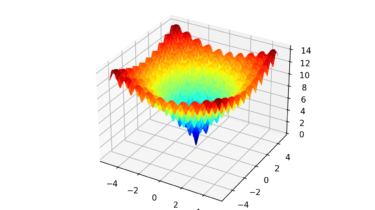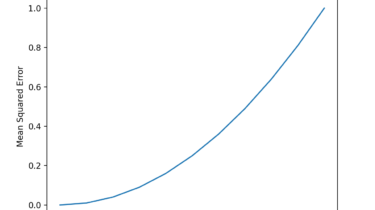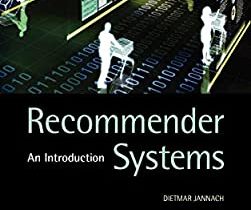How to Use Nelder-Mead Optimization in Python
The Nelder-Mead optimization algorithm is a widely used approach for non-differentiable objective functions. As such, it is generally referred to as a pattern search algorithm and is used as a local or global search procedure, challenging nonlinear and potentially noisy and multimodal function optimization problems. In this tutorial, you will discover the Nelder-Mead optimization algorithm. After completing this tutorial, you will know: The Nelder-Mead optimization algorithm is a type of pattern search that does not use function gradients. How to […]
Read more




